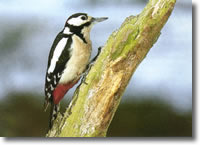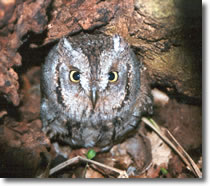
The Astroni's wood is the last evidence of an ancient woody covering. Although it has undergone changes throughout the centuries, it represents a location of naturalistic importance.
The main characteristic of this area is a phenomenon called "inversione vegetazionale", in other words on the bottom of the crater there is a prevalence of a deciduous mixed wood, composed by arboreous essences present in hilly areas and in low mountain, while the evergreen Mediterranean vegetation predominates along the inner slopes and on the top of the crater. The irregular distribution is caused by the constant supply of water in the ground, thanks to the presence of a superficial tablewater that feeds three lakes, and the consequent establishment of a peculiar microclimate, characterized by a high environmental humidity, produced by the strong evapotraspiration (evaporation of the lakes and of the ground + traspiration of the green coat) that stagnate the whole year in the inner of the crater.
The woody surface is characterized by the presence of plants, that grow wild or have been introduced by human beings in the last 150 years, such as: bay-oak, red american oak, hornbeam, black carpine, carpinella, orniello, maple and elm. Along the slopes and the inner ranges, the climate becomes dry for the lower supply of water in the ground and for the lower humidity in the air. Since they are more tollerant with aridity evergreen plants (holm-oak, myrtle, cistus, strawberry-three, fillirea, laurel) can grow.
In the thick of the wood there are some bushes of holly, the unique evidence of this species in the Flegrei Fields.
